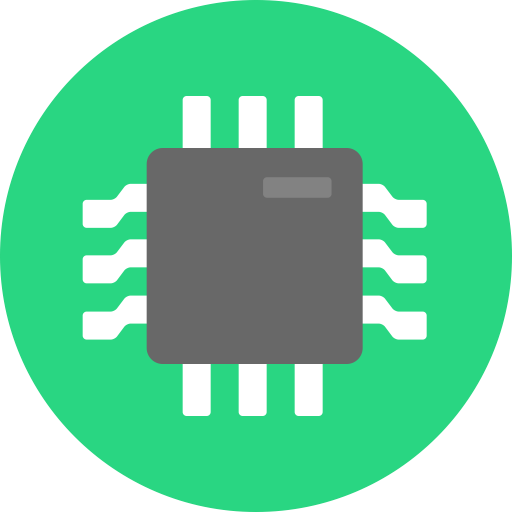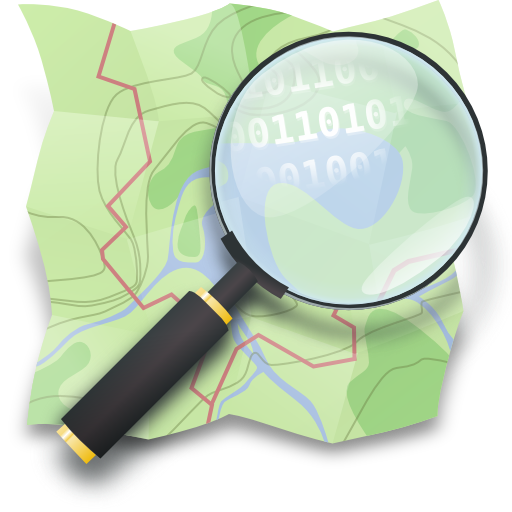90s-late 00s cars are actually on repairability in my experience, because they already have computers which help you diagnose failures easily with a $20 OBD2 scanner (this saved my ass a couple of times, when I could almost immediately see the error whenever my car died, fiddle or re-plug the wiring of the failed component and keep going), and they don’t yet have all the over-complicated, designed-to-fail, hard-to-reach crap that a lot of new cars have.
- 0 Posts
- 41 Comments

 45·9 days ago
45·9 days agoI haven’t used it in a while, but I think it just sends you an SMS with a code that you can enter manually, so yeah it works on devices without a SIM
I think you should still pass
--cmd Hyprlandto it, no?

 1·15 days ago
1·15 days agoI’ve been using nheko as my Matrix client and main Telegram client via mautrix-telegram for the past 4 years. I fixed a couple of annoying bugs myself, and it has been working great for me since. Shame your experience isn’t the same, maybe you can report the bugs to the devs (who are amazingly responsive).

 4·16 days ago
4·16 days agoThere are android phones that are even thicker, with amazing battery life and fall protection. Check out DOOGEE for example.

 1·16 days ago
1·16 days ago

 1·16 days ago
1·16 days agoYep, that has actually been a dream of mine for a while, I went as far as downloading the source code and setting up the build environment, but then got a bit overwhelmed by the task. It would be amazing to have this.
I think it depends a lot on where you are. Where I am, the government (kinda unofficially) provides excellent quality (<10 cm/px in some cities, and <50cm/px for the entire country) orthographically adjusted aerial imaging, that’s a lot better than any commercial solution.
Does not seem to cache the satellite tiles for usage offline.
Did you use the “Download Map” option? It definitely works offline for me after I download it.
OsmAnd does support this now. You need to activate the overlay/underlay you want to download, press&hold anywhere on the map, then in the menu do Actions > Download Map.
OsmAnd does support this. You need to activate the overlay/underlay you want to download, press&hold anywhere on the map, then in the menu do Actions > Download Map.
Hey, you can add the satellite imagery you need by doing Configure Map > Underlay > Underlay map > Add more. Then you can select the imagery you just added from that same menu.
After you’ve selected the underlay map, you can pre-download the images for offline use by viewing the part of the map you want to download, touching&holding anywhere on it, then doing Actions > Download Map.
Hope that helps.

 111·28 days ago
111·28 days agoMe

My gf


 2·1 month ago
2·1 month agoThanks! The documentation team is busy working on it right now :) You can check out https://nix.dev and https://wiki.nixos.org - both are relatively new. There are also lots of improvements in developer documentation for Nix and nixpkgs in the last year.

 101·1 month ago
101·1 month ago“NixOS project” did not call anyone nazis, there was no “purge”, this article is clickbait and ragebait. What one contributor, however prolific, says, doesn’t represent the entire project (even though I somewhat agree with him here - there are sadly some bigots in the community).
Nobody forced Eelco (the founder of Nix) to “abdicate”, but there was indeed pressure to step down as the de-facto BDFL put on him by various people. He’s respected as an engineer, architect, maintainer and mentor, but his community management skills were perceived to be lacking, and there were other perceived issues in the community - which boiled down to the fact that a lot of contributors didn’t feel like they could influence the direction of the project. Note that he’s not expelled from the project in any way, he’s still a maintainer of Nix itself, which AFAIU from my interactions with him is what interests him the most, and he’s more or less happy to leave administrative/community stuff to other people.
Then began a process to establish a new governance structure. Currently, we’re up to a stage where there’s now formal community values and a new constitution for the project. There’s an election happening right now, with all active contributors able to become candidates or vote (although the deadline for candidate nominations has passed, so now we can only vote).

 5·1 month ago
5·1 month agoYep, happy that more and more people recognize it for a treasure of features and customization that it is. For me, it’s the best app for trekking, hiking, and offroading there is, even if we consider proprietary stuff like Fatmap and such.

 18·1 month ago
18·1 month agoNot OP, but this looks like 3D Relief (requires OpenGL render) + Terrain (Avalanche mode) + Contour Lines + Weather Plug-in. My setup is quite similar, and I also have an optional satellite/aerial imagery layer, a Hiking map style, and quick actions set up to toggle all those on or off when I need to declutter the map. AFAIR all require Premium/Plus to use.
Here’s my profile if you want to quickly set it up in your app: https://share.balsoft.ru/OsmAnd-profile-balsoft.osf
Not disagreeing, but if you’re just looking for a small Docker image, might as well build a static binary and ship it without any distro at all. Or, if you really need shared libraries and other dependencies, you can build a docker image with Nix and not get anything other than the dependencies.
UNIX was kinda designed to be an IDE (of its time) by itself. Desktop/Server Linux (whether GNU or non-GNU) mostly continues this tradition; you are provided with some powerful tools for text manipulation, development, debugging and deployment out of the box in most distros. As such, any modern Linux distro is pretty good for development even out of the box. However, you must learn to use this power, and I’m not claiming it’s easy (I still regularly look up various manpages despite doing development on Linux for 10+ years in various forms).
With that said, I myself prefer NixOS. It really feels more developer-oriented that other distros, as you get the power of Nix out of the box, and integrated into the system. With Nix you get easy access to the biggest software repository in the world. You get per-project development shells, so that you never have to worry about different toolchain versions for different projects, or your system being contaminated with bloat you no longer need. You get the power of reproducible packaging, to eliminate a lot of (but unfortunately not all of) “Works on my machine”-type of problems. It’s also got a hell of a learning curve, but I think it’s worth it.


So, here’s my attempt
The first portion (
^.?$) matches all lines of 0 or 1 characters.The second portion (
^(..+?)\1+$) is more complicated:(..+?)is a capture group that matches the first character in any line, followed by a smallest possible non-zero number of characters such that (2) still matches (note that the minimum length of this match is 2)\1+matches as many as possible (and more than 0) repeats of the (1) groupI think what this does is match any line consisting of a single character with the length
1(due to the note in (1), so that the repeating portion has to be at least 2 characters long), orTherefore, combined with the first portion, it matches all lines of the same character whose lengths are composite (non-prime) numbers? (it will also match any line of length 1, and all lines consisting of the same string repeated more than one time)